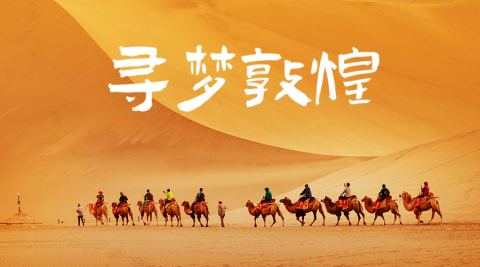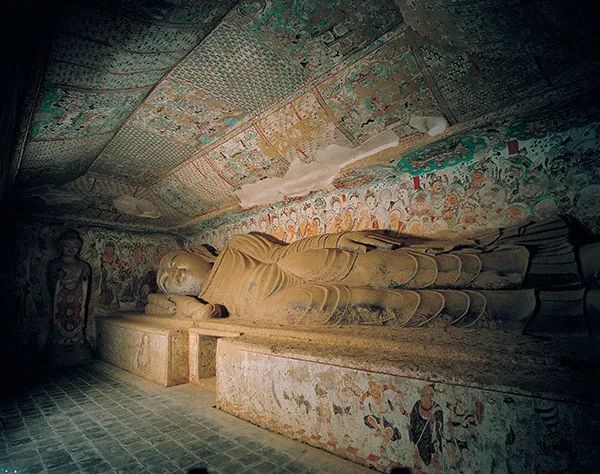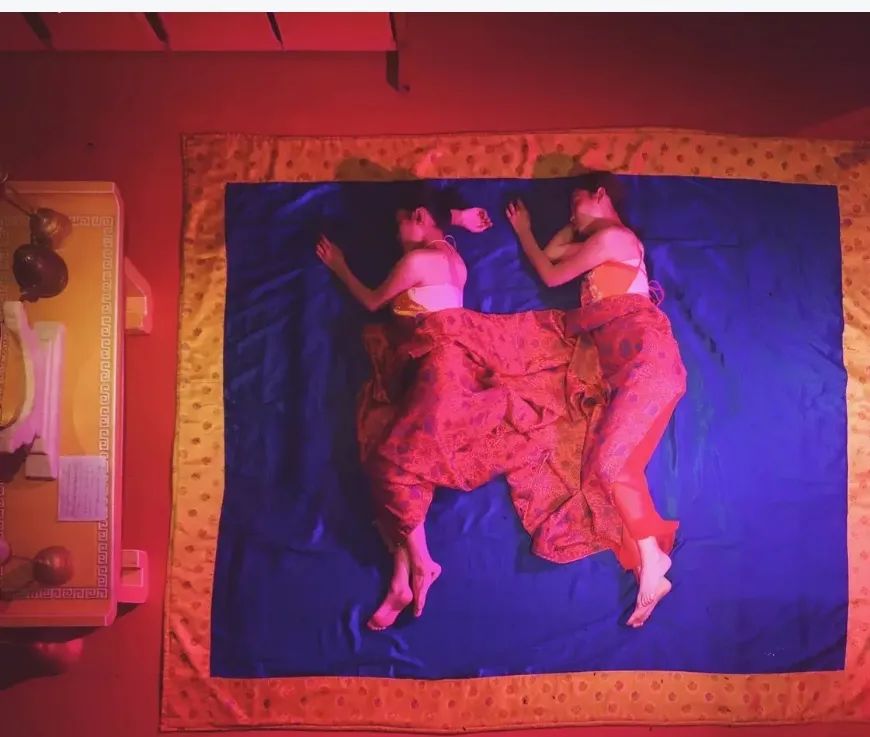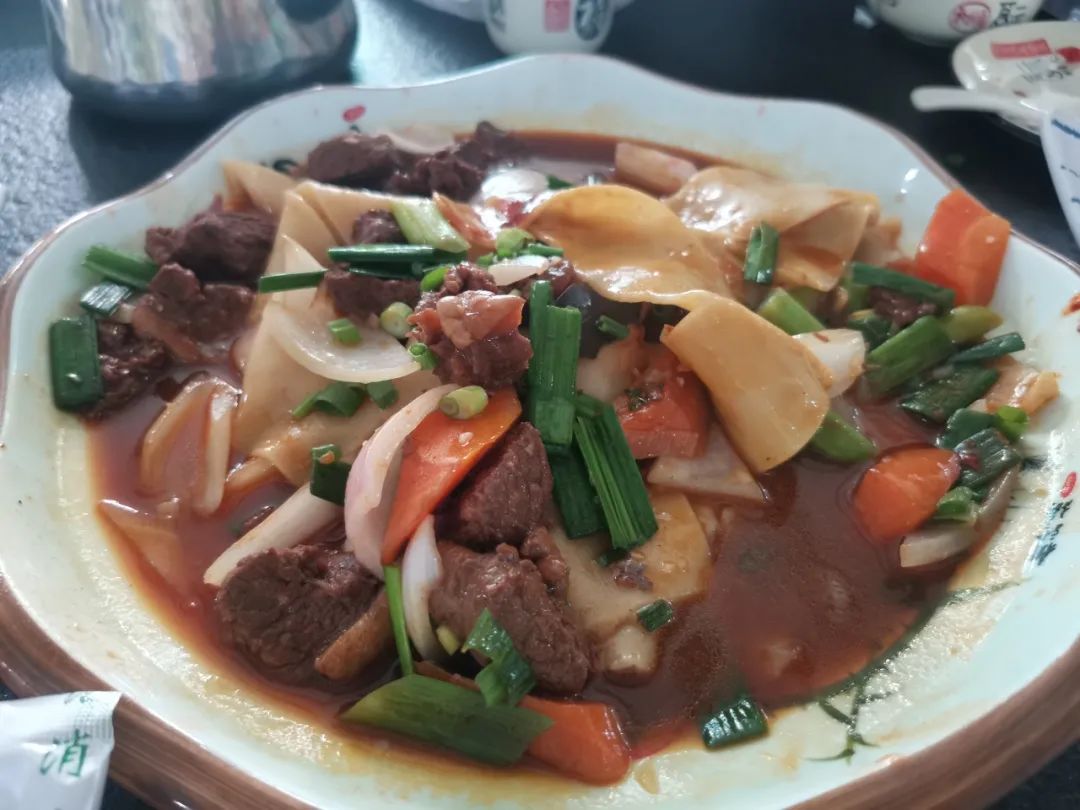
Part 1|Dunhuang Travel Notes (1)
Click on the picture to view


Day 3
Mogao Grottoes + See Dunhuang Again









We made a reservation for regular tickets at 11 a.m., and arrived at the Mogao Grottoes around 10:30. We went to the self-service machine to exchange for paper tickets, and joined the queue to wait to enter the digital cinema. There were two digital movies, and the viewing time was about For 40 minutes, the first screen showed the historical background of Dunhuang, from Zhang Qian's mission to the Western Regions to the establishment, development and evolution of Mogao Grottoes.
The second scene is a dome theater. The viewing hall is a dome-shaped structure and the screen is a hemisphere. It feels like looking up at the stars. The movie is about the exquisite murals and statues in the Mogao Grottoes, and the viewing effect is excellent.
After watching the digital movie, take the scenic bus to the Mogao Grottoes (about 20 minutes). In peak season, you need to queue up and wait for the staff. Each tour guide will lead a small group of people to visit the caves + explain. Photography and video recording are prohibited in the Mogao Grottoes. The tour guide will point a small flashlight at the object to be explained and explain.
The tour guide will lock the door after leaving the cave, or other tour guides will take the crowd inside to visit. Tourists who want to see more caves can be flexible and change tour guides when their tour guide is almost finished.
SUMMER.TIME.


Highlights of the cave: Feel calm as the sea, serene as eternal as the Tang Dynasty "Nirvana" statue, which is also the largest Nirvana statue in the Mogao Grottoes. The whole body of the Buddha statue has its head south and feet north, with a peaceful expression and graceful and elegant posture. It is actually the most expressive and charming Buddha statue in Mogao Grottoes that affects people's hearts. In addition, around the Nirvana statue are depicted wailing disciples, calm Bodhisattvas, and very special mourning images of sentient beings with their ears cut off, their chests stabbed, and their bellies disemboweled.



Highlights of the cave: The statues in this cave are masterpieces of Tang Dynasty sculptures in the Mogao Grottoes, and are the most realistic group of sculptures in the Mogao Grottoes. The Avalokitesvara Sutra painted on the south wall is based on the Lotus Sutra Avalokitesvara Sutra. The pictures are rich in plot, vivid in description, ingenious in composition, and exciting. They are all true reflections of real society and are image materials for studying social life in the Tang Dynasty. The Infinite Life Sutra on the north wall continues the typical triptych composition of the Mogao Grottoes in the prosperous Tang Dynasty. The picture is complete and the colors are bright, which is really not easy.



Highlights of the cave: This cave is a cave within a cave. Outside Cave 16, there is a three-story ancient building with flying eaves, which is very beautiful. In 1900, Taoist Wang, the master of the Mogao Grottoes, was clearing away the accumulated sand (silt blown from Mingsha Mountain and sandstorms) in the corridor of the 16th cave. He discovered a secret room in the gap in the wall on the north side, which was only 78 square meters and contained 50,000 yuan. The remaining pieces include more than a thousand scriptures, calligraphy and paintings, weaving and embroidery, novels, historical books and other cultural relics from the Jin to the Song Dynasty. Because 80% of them are scriptures, it is commonly known as the Sutra Cave.


Cave 96 of the Mogao Grottoes was built in the early Tang Dynasty. It is a giant Maitreya Buddha statue built on the cliff. It is 35.5 meters high. It is the largest statue in the Dunhuang Grottoes. It is built on the cliff and is magnificent. Viewed from a distance, it is a majestic nine-story pavilion, commonly known as the Nine-story Pavilion. It is the largest building in the Mogao Grottoes and the landmark building of the Mogao Grottoes.
When viewing the caves, you can go to nearby shops to buy a popsicle exclusive to the Mogao Grottoes and take photos with it, but it was already sold out when we went there...



The performance venue of "Seeing Dunhuang Again" is near the Digital Center of Mogao Grottoes. After taking the bus back from Mogao Grottoes, it takes about 10 minutes to get there. It is recommended that you take the same route, just pay attention to the time. We at Mogao Grottoes The play time of the cave was miscalculated, and when everyone arrived at the theater, it had already started for a few minutes.
"Seeing Dunhuang Again" is an immersive play, divided into several venues and moving around. When we entered the theater, what we saw was darkness. Only with the light did we see the crowd. People were scattered all over the theater. As the actors flowed, it seemed like they were immersed in a huge space. The surrounding lights would constantly light up, as if they were in a huge space. In the dust and sand in the sky, in the cycle of history, under the comfort of gods and Buddhas, and in the majestic emotions, I truly felt the "moment of a thousand years".
SUMMER.TIME.



After watching the movie, we went to eat Dunhuang specialties. The taste was good and very local. According to my sister, the donkey meat yellow noodles were also delicious.
【Hu Sheep Braised Cake】
"Huyang Stewed Pancake" is a delicacy that originated from the Hu people. Its pancake is actually a pancake, that is, a pancake made of mixed flour. The rolled pancake is placed on top of the stewed mutton. Simmer until cooked, then cut or tear into pieces.

At this point, my entire trip in Dunhuang is basically over. We had to catch a flight back the next day to continue moving bricks. My mother and sister planned to stay one more day and walk along the west line, which is Yumenguan and Yadan lines. We chartered a taxi.
The common rental price for a day trip on the Western Route is 400 yuan, and we talked about 380 yuan. According to my sister, that line is very tiring...

